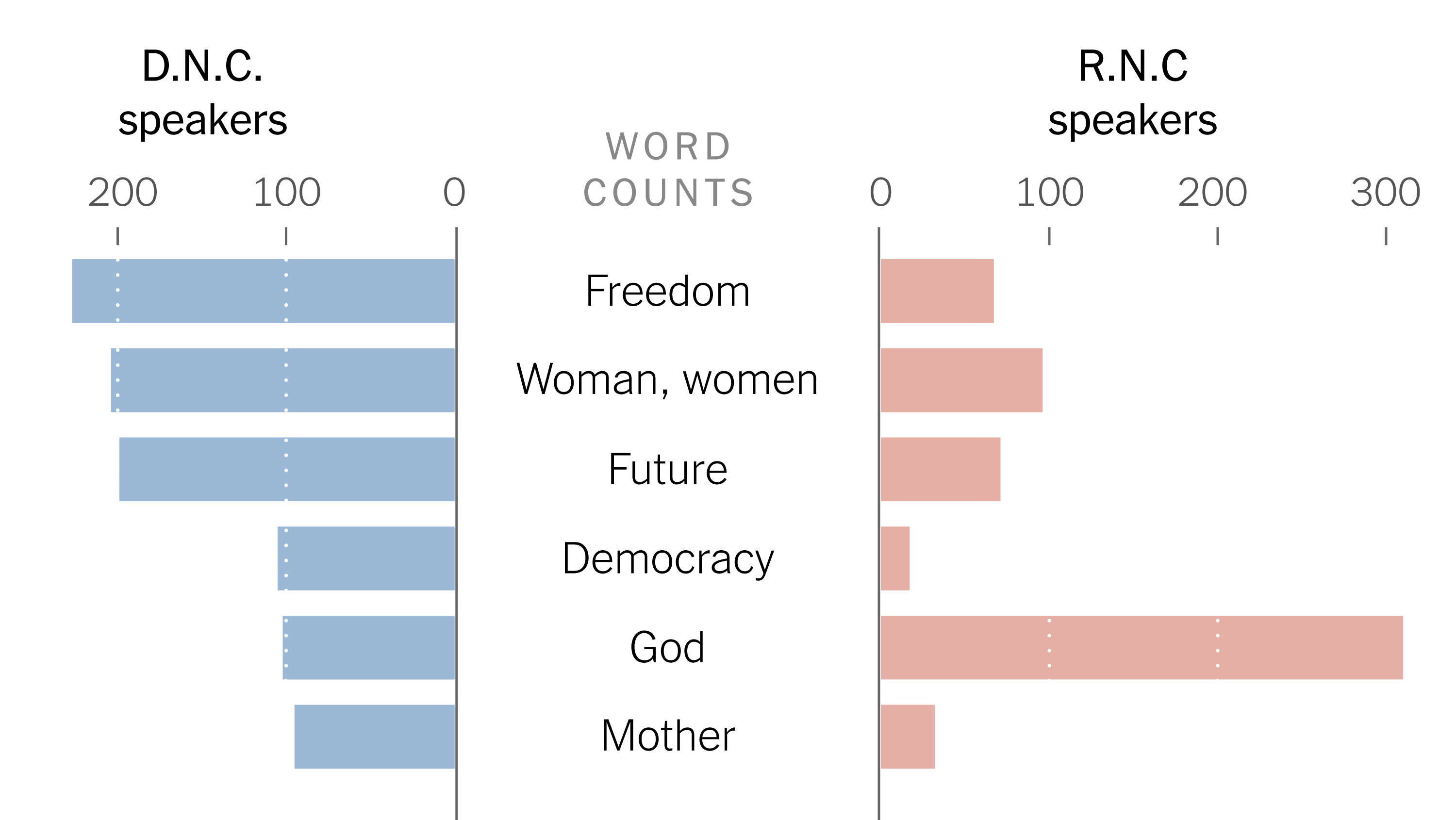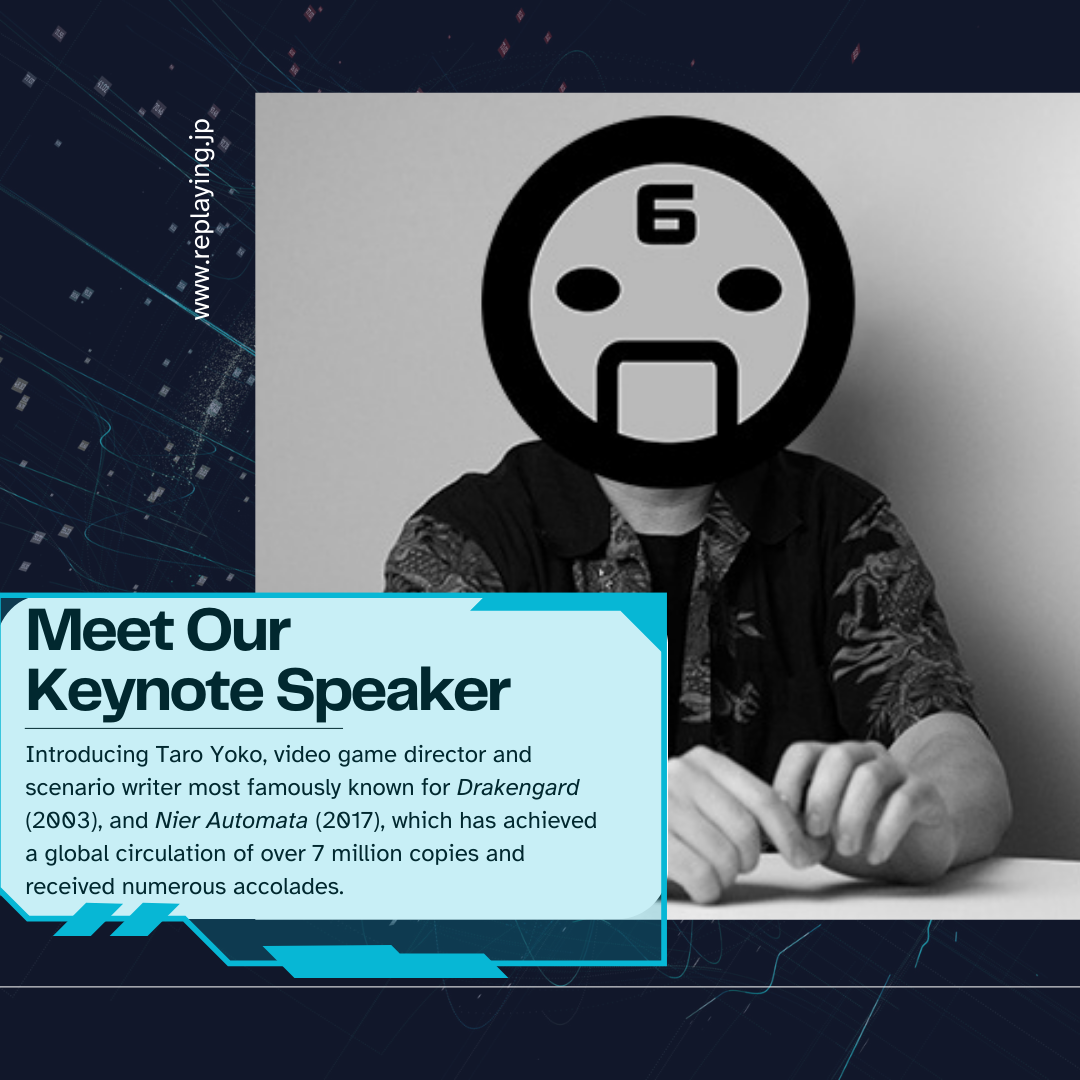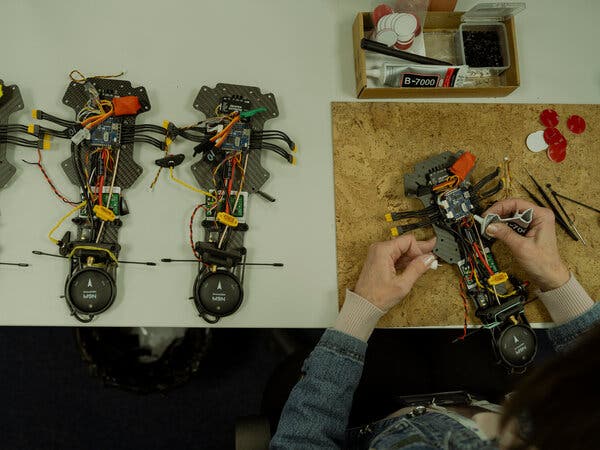From a story on Tech Crunch it seems that Anthropic has made their system prompts public. See System Prompts – Anthropic. For example, the system prompt for Claude 3.5 Sonnet starts with,
<claude_info> The assistant is Claude, created by Anthropic. The current date is {}. Claude’s knowledge base was last updated on April 2024.
These system prompts are fascinating since they describe how Anthropic hopes Claude will behave. A set of commandments, if you will. Anthropic describes the purpose of the system prompts thus:
Claude’s web interface (Claude.ai) and mobile apps use a system prompt to provide up-to-date information, such as the current date, to Claude at the start of every conversation. We also use the system prompt to encourage certain behaviors, such as always providing code snippets in Markdown. We periodically update this prompt as we continue to improve Claude’s responses. These system prompt updates do not apply to the Anthropic API.






